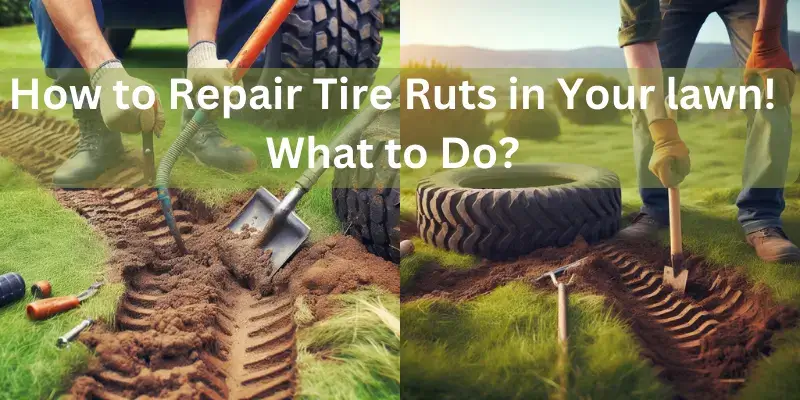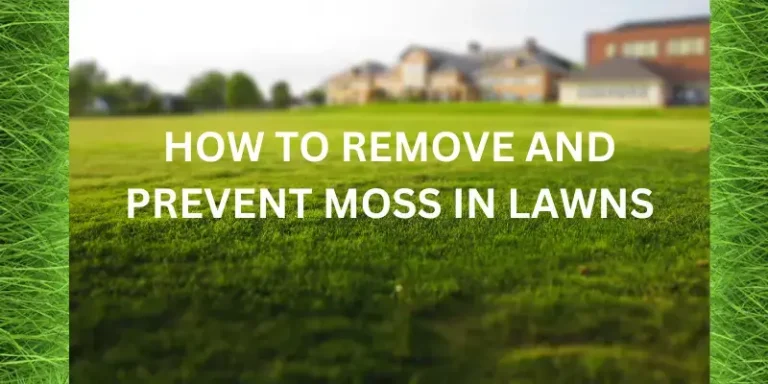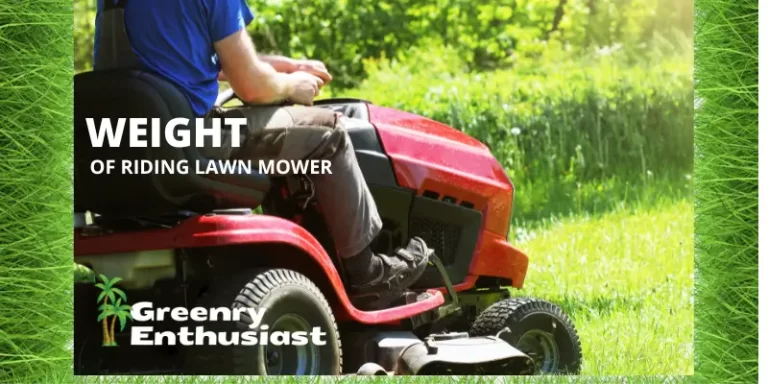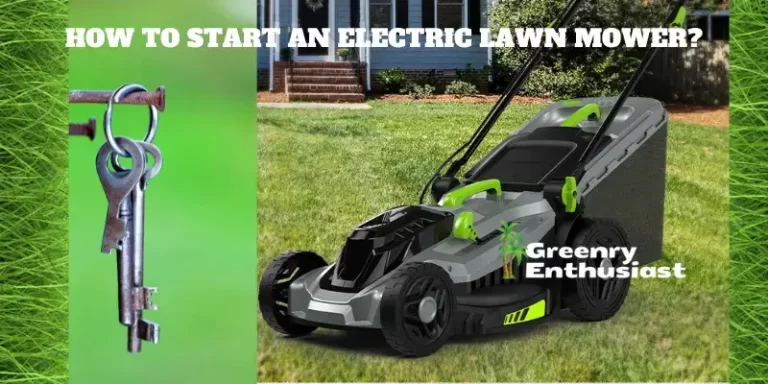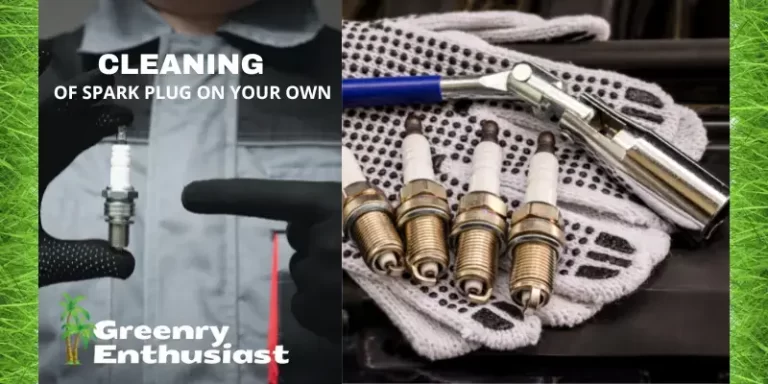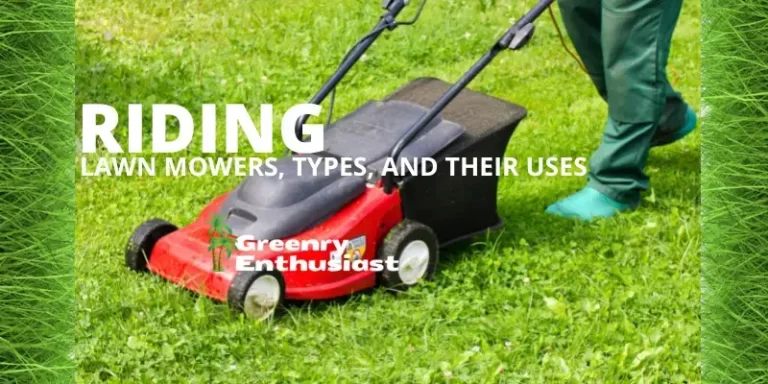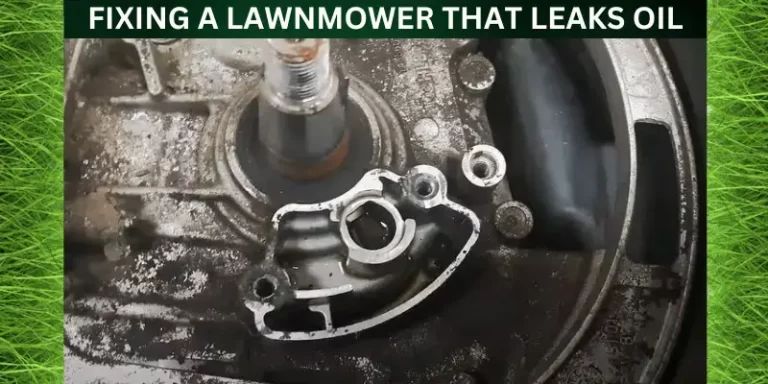How to Repair Tire Ruts in Your lawn! What to Do?
Imagine this – you have just finished mowing your lawn, and it looks amazing. But there’s a problem – tire ruts. Those frustrating depressions left behind by your lawn mower can be a real headache. What causes these tire ruts, and what can you do to make them disappear?
Tire ruts are the grooves that appear in your lawn after the heavy weight of your lawnmower or other vehicles pass over it. They are not just an eyesore; they can also cause problems with your lawn’s drainage and make it look uneven. In this article, I will dig deep into the reasons why your lawn develops tire ruts and provide you with practical solutions (What to do) to repair them and keep them from coming back.
Shallow vs. Deep Ruts: What’s the Difference?
Shallow Ruts: These are not very deep holes or lines in the ground, kind of like small dents. They can make the ground uneven but are not very Problematic.
Deep Ruts: These are much deeper and bigger holes or lines in the ground. They can make the ground very uneven and might cause bigger problems. It’s like the difference between a small bump and a big hole in the road.
Timing of Mowing Play Important Role to Avoid Tire Ruts in your Lawn
Timing plays a crucial role in preventing tire ruts on your lawn. The timing of your lawn care activities, especially mowing, can significantly impact the likelihood of tire ruts. Here’s how timing is essential:
1. Mowing Timing:
Cause: Mowing your lawn at the wrong time can lead to tire ruts. For example, mowing when the grass and soil are wet can create deep tire marks because the soil is soft and easily compacted.
Solution: To prevent these kinds of tire ruts, wait until the soil is dry before mowing. This timing ensures that the soil is firm, reducing the risk of compaction and rut formation.
Do’s and Don’ts to Avoid Lawn Ruts
| Do’s | Don’ts |
| Wait for the soil to dry before mowing your lawn. | Don’t mow your lawn when the grass is wet. |
| Use equipment with lighter or wider tires. | Don’t use heavy lawn equipment. |
| Aerate your lawn regularly. | Don’t mow your lawn in the same direction every time. |
| Change up your mowing pattern regularly. | Don’t let people walk on your lawn when it’s wet. |
| Limit heavy foot traffic on your lawn. | Don’t over inflate or underinflate your lawn mower tires. |
| Check your equipment’s tire pressure regularly. |
Common Causes of Tire Ruts in your Lawn
Mowing Wet Grass:
Cause: One of the primary reasons behind tire ruts is mowing your lawn when the grass is wet. Wet soil is more likely to compact and erode, and the heavy tires of your lawn mower can dig deep grooves into the ground.
Solution: Be patient and wait until the soil dries before mowing your lawn. If the ruts are already there, you can use a spading fork or a garden rake to loosen the compacted soil. Fill the ruts with a mixture of topsoil and compost or sand to improve drainage and prevent further compaction.
Heavy Lawn Equipment:
Cause: The use of heavy lawnmowers, tractors, or other equipment can exert excessive pressure on the grass and soil, leading to tire ruts.
Solution: Consider using equipment with lighter or wider tires. This can help distribute the weight more evenly and decrease the likelihood of tire ruts forming.
Compacted Soil:
Cause: Over time, the soil in your lawn can become compacted due to the constant weight of vehicles and lawnmowers passing over it. This compaction makes it easier for tire ruts to form.
Solution: Regularly aerate your lawn by using a core aerator or a garden fork. Aerating your soil helps to relieve compaction and promotes healthier grass growth, making it harder for tire ruts to develop. Also helpful in fixing deeper ruts.
Useful Tip for Preventing Tire Ruts in your Lawn:
Alternate Mowing Patterns:
Cause: Repeatedly mowing your lawn in the same direction can create a pattern of tire ruts as the soil becomes compressed under the consistent weight of the lawnmower.
Solution: Change up your mowing pattern regularly. If you mow horizontally one week, switch to mowing vertically the next. This practice prevents consistent pressure on the same areas and reduces the risk of tire ruts.
Reduce Lawn Traffic:
Cause: Frequent foot traffic, especially during wet conditions, can lead to tire ruts. Whether it’s kids playing or people walking, the soil can become compacted.
Solution: Limit heavy foot traffic on your lawn, especially when the ground is wet. Create designated paths or play areas to divert traffic from your grass, reducing the risk of tire ruts forming.
Adjust Tire Pressure:
Cause: Inappropriate tire pressure can affect how your lawnmower or other equipment interacts with the ground. Overinflated tires may create more pressure in smaller areas, while underinflated tires can create ruts.
Solution: Check your equipment’s tire pressure regularly and adjust it to the recommended levels. Properly inflated tires distribute the weight more evenly, reducing the likelihood of tire ruts.
Conclusion:
Tire ruts in your lawn can be a real nuisance. They affect the appearance and health of your grass, disrupt proper drainage, and even pose safety hazards. To repair tire ruts, identify the cause, loosen the soil, and fill the ruts with the right materials. To prevent them, remember to avoid mowing when the grass is wet, diversify your mowing patterns, opt for equipment with lighter or wider tires, and minimize unnecessary traffic on your lawn.
By following these simple steps, you can enjoy a smooth and lush lawn year-round.

About Naveed A Hashmi
In my childhood, I used to see my parents while working in the land, for these reasons today I have been serving the same as our own tradition and culture. I thus love to stay in it, because I want to learn something advanced and new so that I may improve my farm’s contour and help others with my experience.

